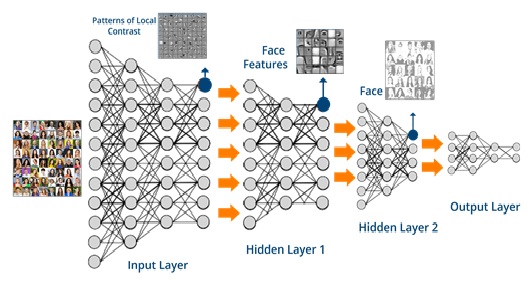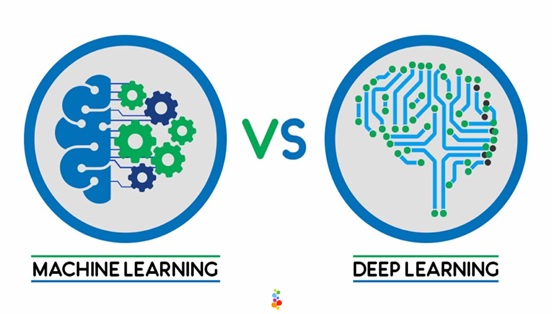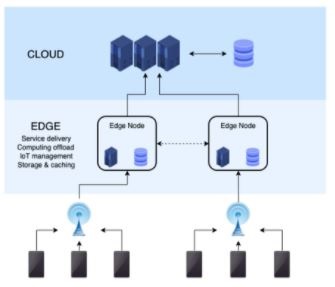How Moore's Law Shaped a Misguided Vision of the Future
“If the 20th Century Was the Atomic Age, Then the 21st Is the Age of the Internet” — DKosig/Getty Images
Reflecting on the past two and a half decades reveals an interesting pattern: society — from business leaders to educators — has been envisioning a future dominated by communication technology. Just as the 20th century was defined by atomic advancements, the 21st century has been shaped by the internet.
The internet, a powerful fusion of radio, video, and telephony, has completely transformed our perception of the future. Today, it appears that our collective destiny hinges on how effectively we can communicate across countless digital formats.

Figure 1. If The 20th Century Was the Age of Atomics, Then The 21st Is the Age of The Internet
Some may argue that artificial intelligence (AI) now represents the next technological frontier. However, a closer look at AI applications reveals that they primarily serve communication purposes — drafting emails, designing presentation graphics, generating podcasts, or creating movies [1]. Even controversial uses like deepfakes are centered around communication. In fact, the only competitor to this communication-centric vision of the future is the concept of space exploration. Figure 1 shows If the 20th century was the age of atomics, then the 21st is the age of the internet.
In my previous two columns, I explored how the 19th and 20th centuries imagined the future. Now, as we approach the present day, it's crucial to consider what it means for society when we assume the future will be fundamentally shaped by machines built to facilitate conversation.
To Find the Answer, We Must Travel Back to 1965 — The Birth of Moore's Law
In 1965, Intel co-founder Gordon Moore introduced Moore's Law, predicting that microchip components would double annually, driving rapid technological growth. Though largely obsolete by 2025, the belief in exponential innovation persisted, shaping expectations across various fields. Moore's observation evolved into an industrial myth — suggesting that faster computing and expanded internet access would accelerate societal progress. This fueled a future vision centered on communication technology, further reinforced by events like the Arab Spring in 2011 and Donald Trump’s 2016 Facebook-driven campaign. As a result, massive investments flowed into social media, AI, and communication-based tech, under the assumption that connectivity alone would drive global progress.
The impact of Moore's Law is evident today, as products once designed for singular purposes now prioritize social connectivity — from AI-summarized texts to smart coffee tables. This belief that rapid advancements in microchips and the internet would drive societal progress led to overinvestment in communication technology, neglecting critical areas like public health, climate solutions, and infrastructure [2]. Inspired by sci-fi visions like Star Trek, we assumed better communication would solve our problems, but instead, it has fueled misinformation and political manipulation. The issue lies not in technology itself, but in our flawed belief that one advancing technology could single-handedly accelerate human progress. Moving forward, we must diversify investments across various technologies and systems to address global challenges effectively.
Reference:
- https://www.newscientist.com/article/2470607-how-moores-law-led-us-to-a-flawed-vision-of-the-future/
- https://docs.google.com/document/d/1BKC-tW0fJBImWZBVvaq7uFZsOZfLC3XR/edit?tab=t.0
Cite this article:
Keerthana S (2025),How Moore's Law Shaped a Misguided Vision of the Future, AnaTechMaz, pp. 338
















